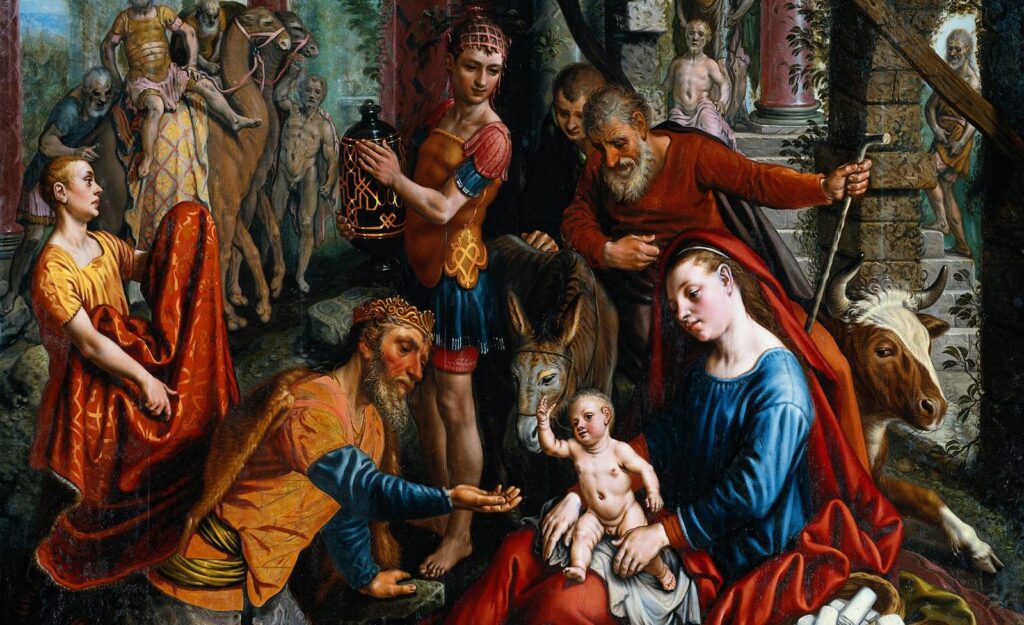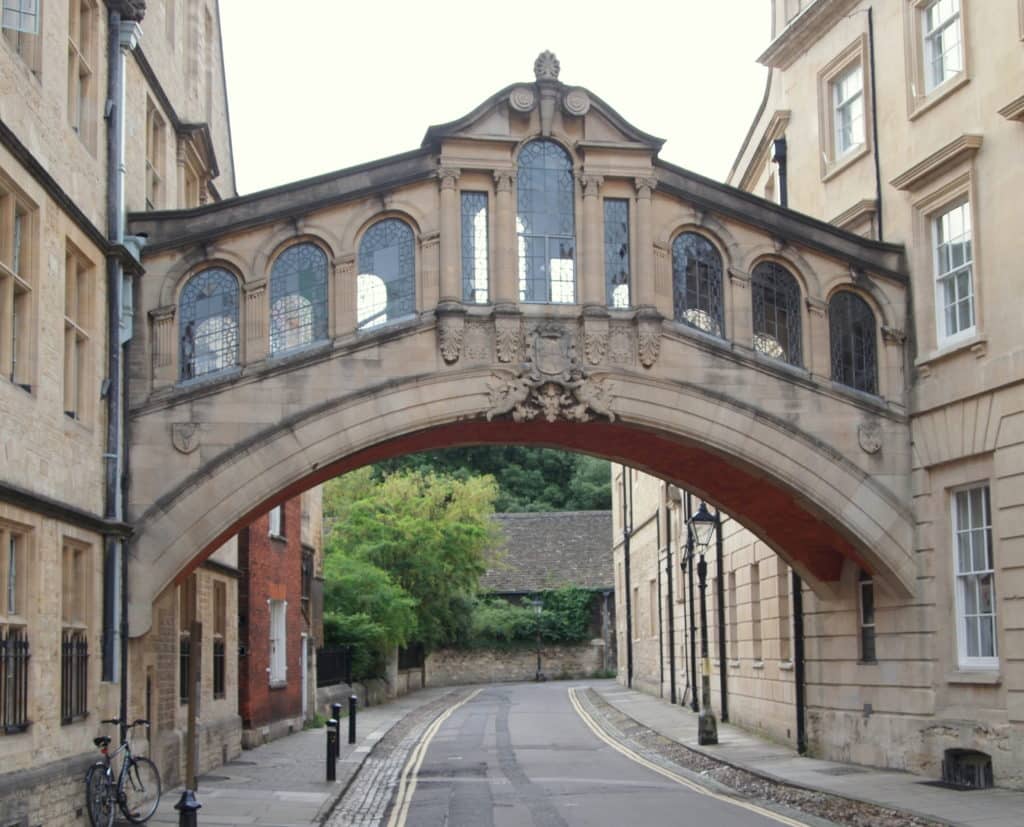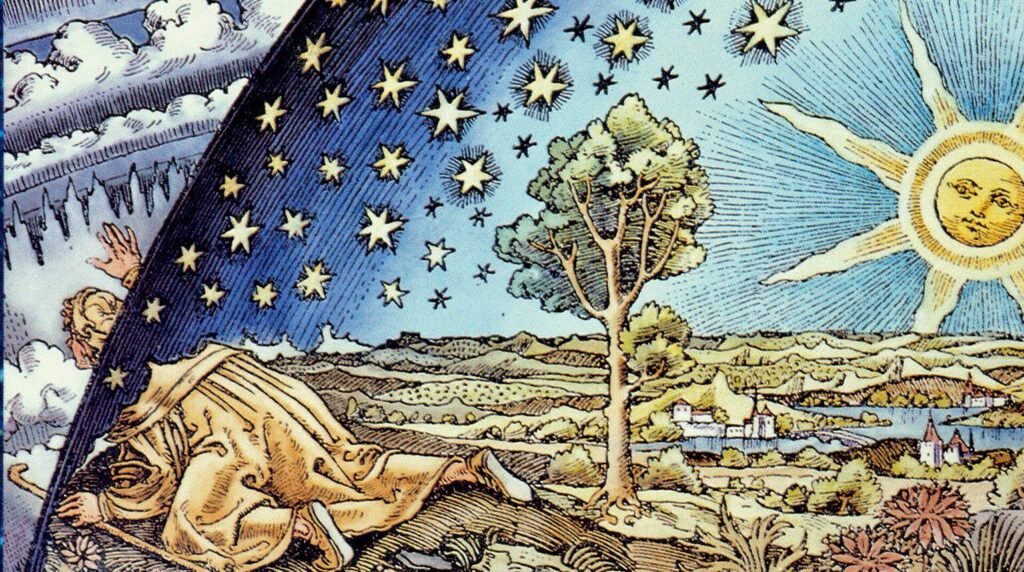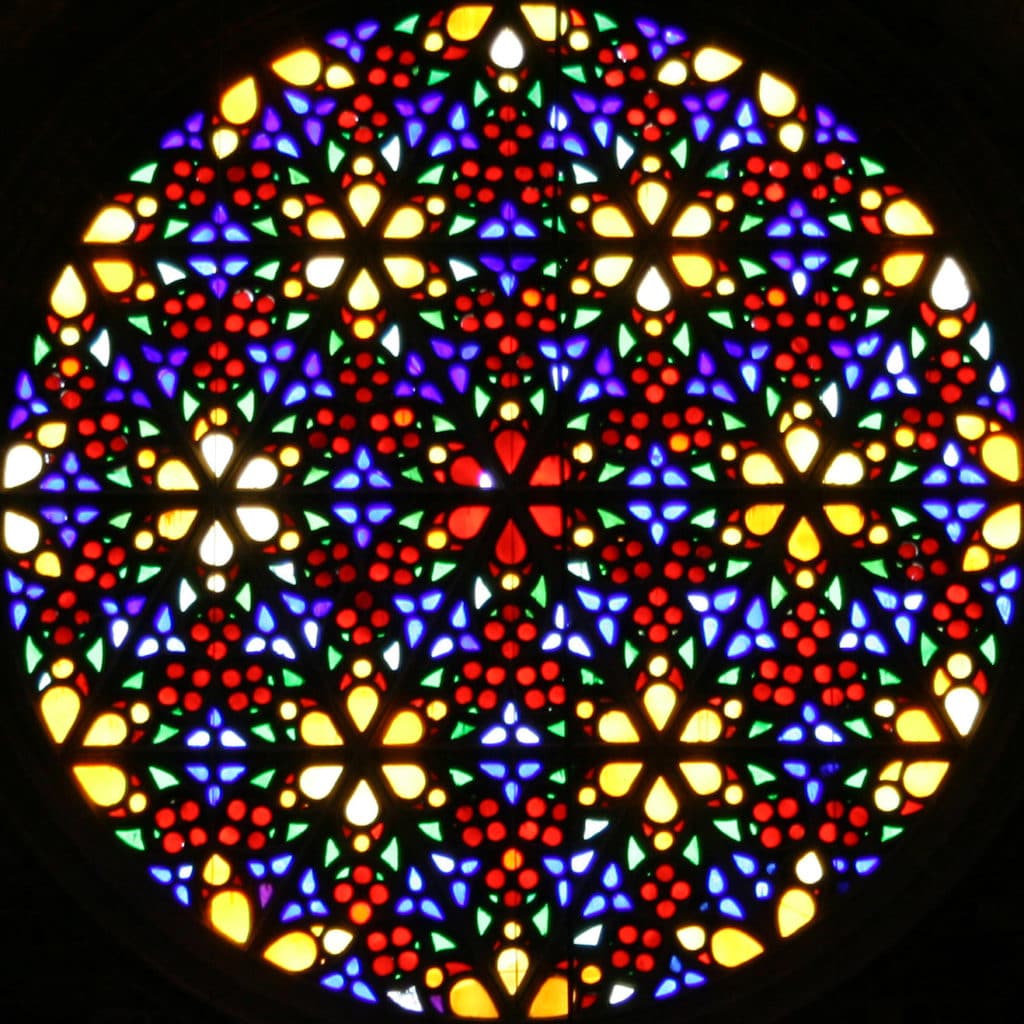
Standing the Test of the Good
Focused as it is seems to be on old books and pedagogical models, it is tempting to believe that classical education is traditionalist in its outlook, casting a cold eye on just about anything younger than a century. Yet, the word ‘classical’ has no etymological connection to venerable age. Derived from the Latin adjective classicus, which in turn is derived from the noun classis, ‘classical’ rather indicates that something is of the first class or superior quality. Classical education therefore is, etymologically speaking, a form of education concerned with what is best.
But how do we judge what is best? It is hard to deny that a prejudice towards the antique exists among classical educators. However, as a guiding principle antiquity will not take us very far along the path to discovering the best—a multitude of forgettable texts was written and published through the course of western history, and many of them are still extant. An antique is not necessarily a classic. We are often told that the great books are those that have stood the test of time: what is best is what has perdured. Yet, will this criterion in turn stand up under very close scrutiny? First of all, what do we mean by saying that such and such a work has stood the test of time? Every work that is still extant is a work that was considered valuable by someone. How do we choose among this panoply of texts the ones to include within the purview of a classical education?
Survey a reading list at a typical classical school and you will see a tiny slice of the literature that exists from Greco-Roman antiquity to, say, the nineteenth century. Manilius’ Astronomica (1st Century AD), Petrarch’s Africa (14th C. AD), or Rafael Landívar’s Rusticatio Mexicana (18th C.) are three examples of old texts, beloved in previous ages, that are highly unlikely additions to today’s classical curriculum. They are all three old; they are all extant, which means that (unlike, say, Aeschylus’ 84 lost tragedies or Plautus’ 109 lost plays) they escaped the various ravages of history and were also considered worth re-copying or re-printing by previous ages. In a limited sense, then, these works have stood the test of time.
Clearly, a work stands the test of time in a fuller sense not simply by its antiquity, but by something more than this. One construal of this something more would be to say that a work has stood the test of time when it has been generally and enthusiastically appreciated for much of its history. These are the books and subjects that, through the vicissitudes of history and fashion, have been praised by various ages in their passage to our own time. Clearly this criterion would include both Homer and Virgil’s works and the Bible. However, once we venture beyond this core triad, the criterion does not guide us very much in what to include or exclude from today’s classical curriculum.
For example, some works that are often included in classical curricula were either unknown, ignored, or simply not very popular for long periods of their history. Take the Anglo-Saxon epic Beowulf. Its date of original composition is unknown; it survived to our day in only one manuscript that can be dated to the ninth or tenth centuries AD; and this manuscript apparently lay unknown and unread until about 1786, when it was first transcribed. None of the great authors between its composition and its relatively recent rediscovery refer to it: Chaucer, Shakespeare, Spenser, and Milton did not read it or even know of it. It is hard to say, therefore, in what sense this work can be said to have stood the test of time.
Another way to think about this problem is to consider what some authors usually included thought about other authors also usually included in the classical canon. In some cases, this provides some clear answers; in others, however, it leaves us with a mere cacophony of conflicting opinions. For example, Dante clearly loved Virgil; but Milton clearly preferred Tasso’s Jerusalem Delivered to Dante’s medieval, labyrinthine vision. Both Boethius and Augustine were devoted students of Plato; but Thomas Jefferson thought Plato and his students were bunk and preferred John Locke. When it comes down to the opinions of great authors themselves, the authors on our reading lists would often have very different lists of their own. Augustine’s list would certainly include the Bible, Plotinus, and some of Cicero’s philosophical works; but it would likely exclude Virgil’s Aeneid as a frivolous fable. Milton’s list would include Homer, Virgil, and Tasso, but certainly not Aquinas.
A deeper look, therefore, into the rationality of this phrase “standing the test of time” reveals a thicket of contradictions, offering no clear way forward. Clearly, the reasons why certain texts end up on our curricula are not very easily encompassed within this phrase when closely considered. Let me offer a different phrase, pointing to a different criterion: texts that belong on the reading lists of classical schools have stood the test of the Good. Time in itself will not tell us what to include or exclude, as age is not a key to value. Only a transcendental orientation to the Good can guide us through the welter of texts that stand before us for possible inclusion.
Like the sun shining on a lake on a clear, windy day, glinting and shimmering in each wave in a mode particular to that wave, the Good is reflected in the artifacts of human creativity in a mode peculiar to each. If a text teaches love for creation, for humanity, and the divine origin and end of all things—even without any conscious didactic purpose—it has stood the test of the Good. These texts are classics in the true sense, whether they were written yesterday or a thousand years ago. As Augustine wrote, dilige, et quod vis fac: “love, and do what you will.” When we love the Good and seek it, we are naturally drawn to the myriad forms it takes and has taken throughout history. This is true freedom, and shows us that classical alternatives to utilitarian forms of education need not find their lodestar in antiquity alone, but in the light of the Good shining through all ages with equal brightness.
Author John Carr, after attending the Graduate Institute at St John’s College, taught humanities, Greek, and Latin for several years in classical schools. He recently left a homestead in the Green Mountains of Vermont to travel full-time with his family.
Note: Guest bloggers share their own thoughts as classical educators and learners and do not represent ClassicalU.com or Classical Academic Press. If you are interested in writing guest blog content, please contact us with your name, connection to classical education, and ideas for a blog post.








Responses